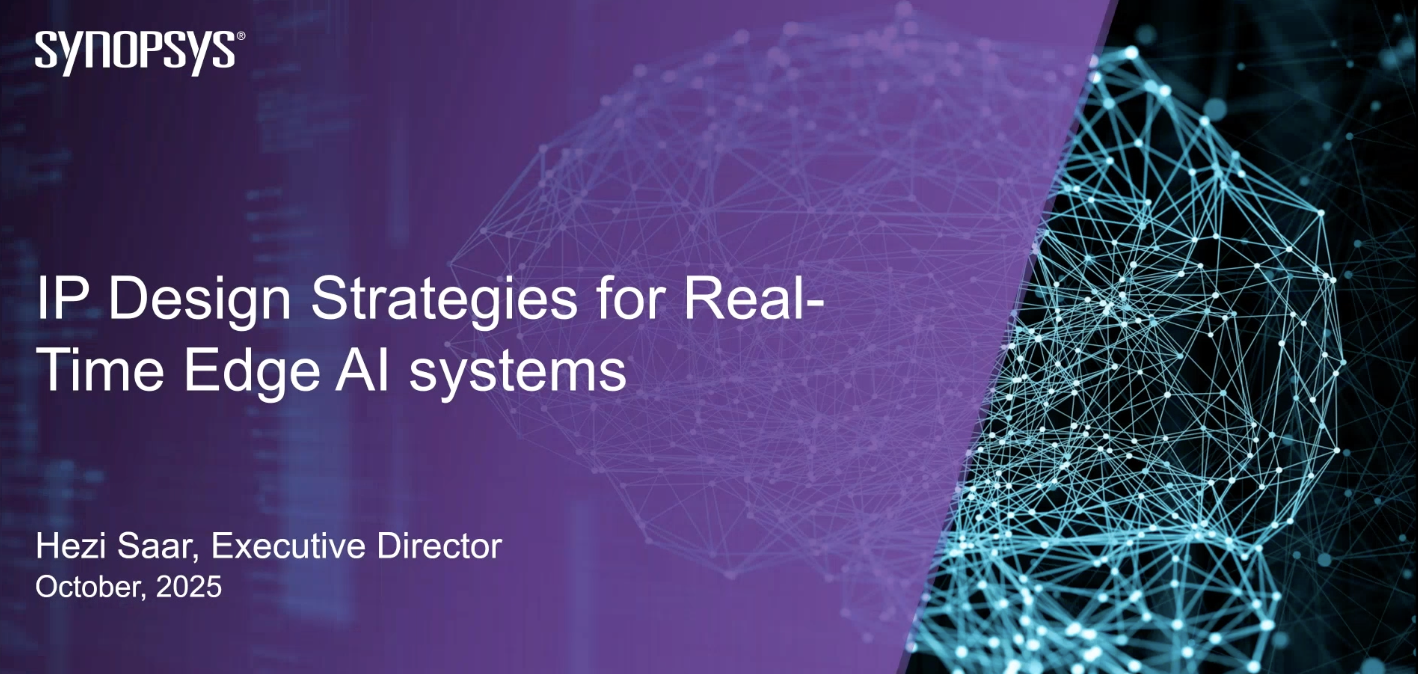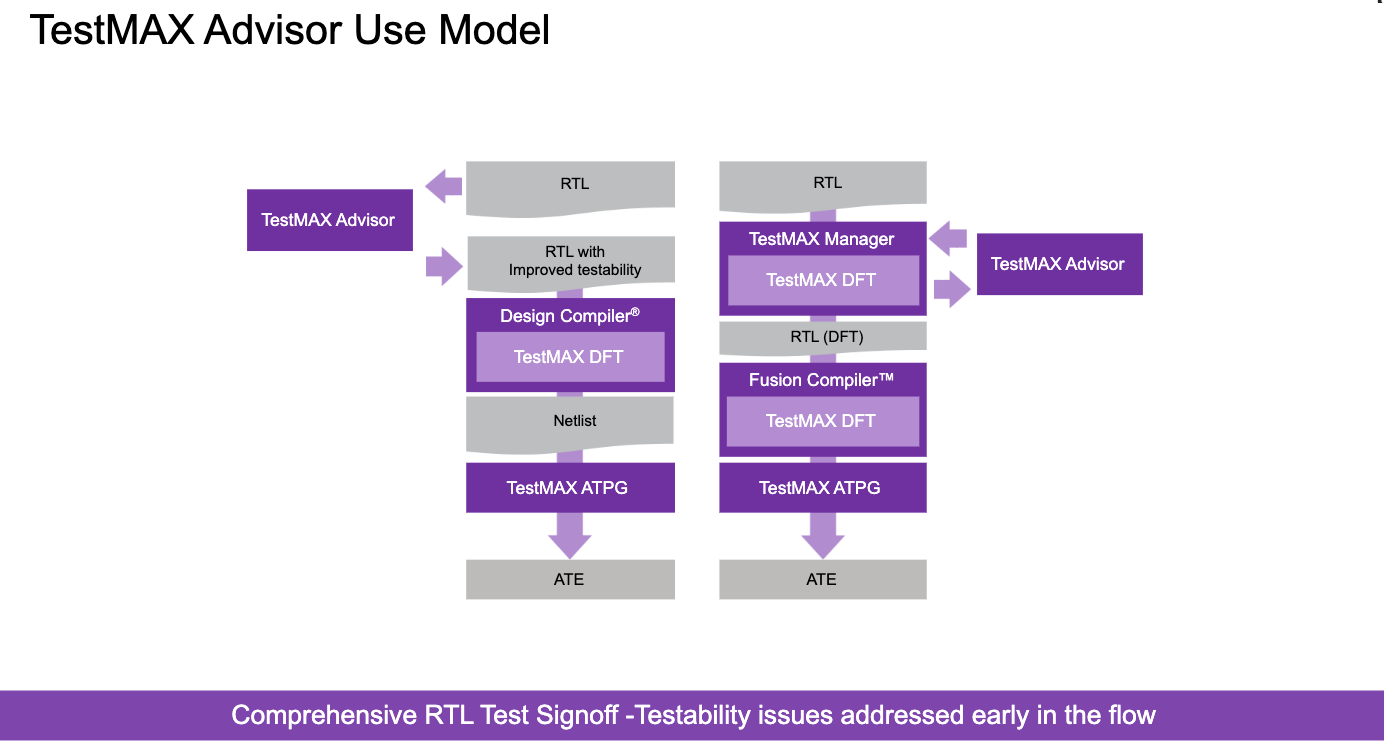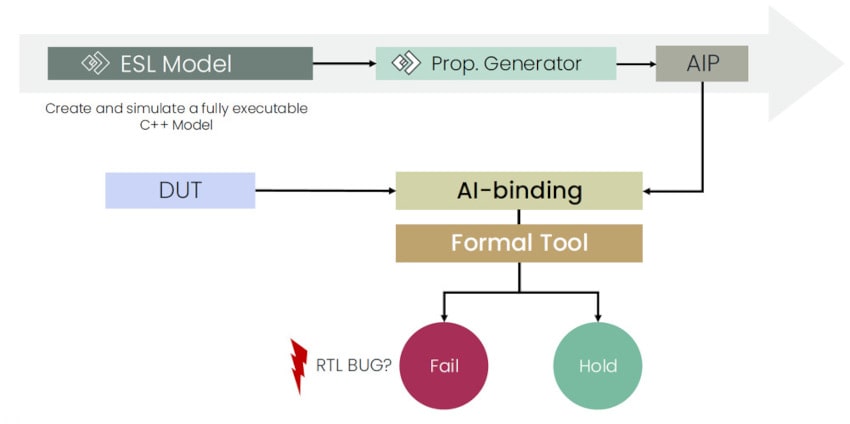The evolution of AI workloads has profoundly influenced hardware design, shifting from single-GPU systems to massive rack-based clusters optimized for parallelism and efficiency. As outlined in this Hot Chips 2025 tutorial, this transformation began with foundational models like AlexNet in 2012 and continues with today’s… Read More
 Webinar – IP Design Considerations for Real-Time Edge AI SystemsIt is well-known that semiconductor growth is driven…Read More
Webinar – IP Design Considerations for Real-Time Edge AI SystemsIt is well-known that semiconductor growth is driven…Read More WEBINAR: Design and Stability Analysis of GaN Power Amplifiers using Advanced Simulation ToolsWhy should high frequency circuit designers consider stability…Read More
WEBINAR: Design and Stability Analysis of GaN Power Amplifiers using Advanced Simulation ToolsWhy should high frequency circuit designers consider stability…Read More![[white paper] Parasitic Analysis Figures](https://semiwiki.com/wp-content/uploads/2025/10/Fig1-net-level-visualization.jpg) Visualizing hidden parasitic effects in advanced IC design By Omar Elabd As semiconductor designs move below…Read More
Visualizing hidden parasitic effects in advanced IC design By Omar Elabd As semiconductor designs move below…Read More Statically Verifying RTL Connectivity with SynopsysMany years ago, not long after we first…Read More
Statically Verifying RTL Connectivity with SynopsysMany years ago, not long after we first…Read More Assertion IP (AIP) for Improved Design VerificationOver the years design reuse methodology created a…Read More
Assertion IP (AIP) for Improved Design VerificationOver the years design reuse methodology created a…Read MoreAdvancements in High-Density Front- and Backside Wafer Connectivity: Paving the Way for CMOS 2.0
In the rapidly evolving semiconductor landscape, imec’s recent breakthroughs in wafer-to-wafer hybrid bonding and backside technologies are reshaping the future of compute systems. As detailed in their article, these innovations transition CMOS 2.0 from a conceptual framework to practical reality, enabling denser,… Read More
Podcast EP305: On Overview of imec’s XTCO Program with Dr. Julien Ryckaert
Dan is joined by Dr. Julien Ryckaert who joined imec as a mixed-signal designer in 2000, specializing in RF transceivers, ultra-low power circuit techniques, and analog-to-digital converters. In 2010, he joined imec’s process technology division in charge of design enablement for 3DIC technology. Since 2013, he oversees… Read More
CEO Interview with Nir Minerbi of Classiq
Nir Minerbi is a co-founder and the CEO of Classiq. Nir is highly experienced in leading groundbreaking, multi-national technological projects, from idea to deployment. Nir is a Talpiot alumnus and a master’s graduate in physics as well as electrical and electronics engineering (M.Sc.).
Tell us about Classiq.
Classiq… Read More
GlobalFoundries 2025 Update GTS25
“GTS25 brings together leaders from across the semiconductor industry to share their insights on the latest technology trends that enable GF to design the essential chips the world relies on to live, work and connect.”
GlobalFoundries (GF), a leading contract semiconductor manufacturer, plays an important… Read More
Perforce and Siemens at #62DAC
Wednesday was the last day at #62DAC for me and I attended an Exhibitor Session entitled, Engineering the Semiconductor Digital Thread, which featured Vishal Moondhra, VP Solutions Engineering of Perforce IPLM and Michael Munsey, VP Semiconductor Industry at Siemens Digital Industries. Instead of just talking from slides,… Read More
Synopsys Enables AI Advances with UALink
The evolution of hyperscale data center infrastructure to support the processing of trillions of parameters for large language models has created some rather substantial design challenges. These massive processing facilities must scale to hundreds of thousands of accelerators with highly efficient and fast connections.… Read More
Revolutionizing Chip Packaging: The Impact of Intel’s Embedded Multi-Die Interconnect Bridge (EMIB)
In an era dominated by artificial intelligence (AI), machine learning (ML), and high-performance computing (HPC), the demand for semiconductors that deliver high data throughput, low latency, and energy efficiency has never been greater. Traditional chip designs often struggle to keep pace with these requirements, leading… Read More
Cocotb for Verification. Innovation in Verification
This time let’s see if we can stir up some lively debate. Cocotb isn’t new but it is an interesting alternative to mainstream testing methodologies. Paul Cunningham (GM, Verification at Cadence), Raúl Camposano (Silicon Catalyst, entrepreneur, former Synopsys CTO and lecturer at Stanford, EE292A) and I continue our series … Read More
Can RISC-V Help Recast the DPU Race?
ARM’s Quiet Coup in DPUs
The datacenter is usually framed as a contest between CPUs (x86, ARM, RISC-V) and GPUs (NVIDIA, AMD, custom ASICs). But beneath those high-profile battles, another silent revolution has played out: ARM quietly displaced Intel and AMD in the Data Processing Unit (DPU) market.
DPUs — also called SmartNICs… Read More











From Prompts to Prompt Engineering to Knowing Ourselves